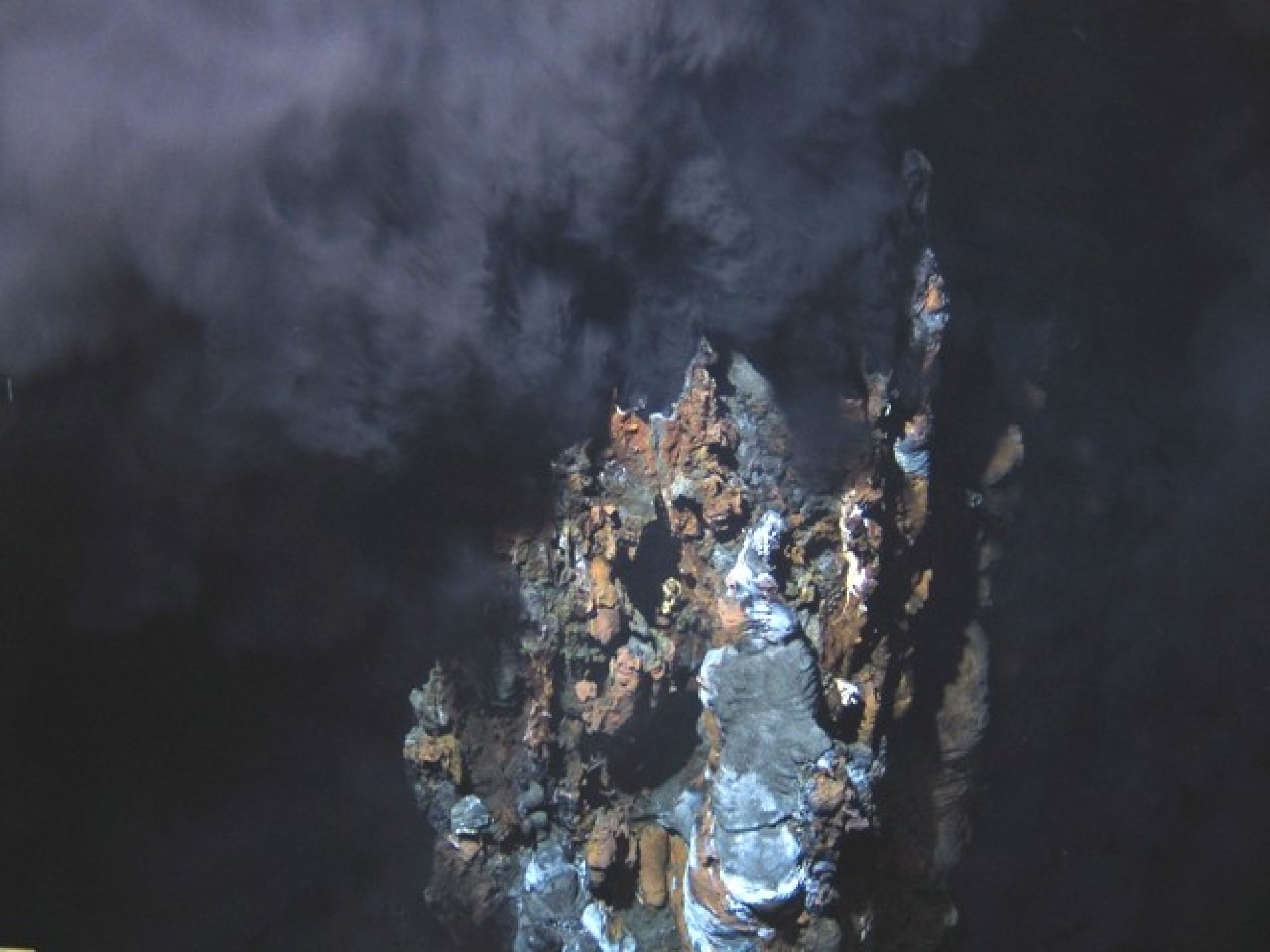?Smoking? Volcanic Vents Discovered Deep in North Atlantic; Surface Supports Alien Life (PHOTOS)
Scientists aboard the national research vessel, RV Celtic Explorer, have discovered for the first time a smoking deep-sea vent field on the Mid-Atlantic ridge north of Azores.
This phenomenal discovery could provide new clues about the origin of life as several unusual species have been discovered around the mineral-rich volcanic field.
The mission was led by Dr. Andy Wheeler of University College, Cork (UCC), together with scientists from the National Oceanography Centre and the University of Southampton in the UK, NUI Galway and the Geological Survey of Ireland. The investigation was carried out around 3,000 meter below the sea surface using the Remotely Operated Vehicle (ROV) Holland 1.
Hydrothermal Vents
Hydrothermal vents are fissures on a planet's surface that allow seawater to penetrate downwards into areas of subterranean volcanic activity. The seawater is not only heated to boiling point but also permeated with dissolved minerals and suspended solids from the molten rock.
This heated seawater then gushes back upwards into the ocean, giving rise to 'black smokers' and 'white smokers' which are similar in appearance to miniature erupting volcanoes.
Existence of New Life Forms:
Hydrothermal vents, being rich in minerals, are home to a variety of marine life adapted to complete darkness and surviving on bacteria fed by chemicals. New species discovered on the Moytirra vent field includes orange shrimp-like animals, scaly snails and worms.
Some of these newly discovered species will undergo lab analysis and scientists have high hopes that the research might help to answer vital queries regarding thje origin and evolution of life.
"This work is an example of an exciting new discovery made with the Celtic Explorer and its present crew of Irish and international scientists. Through vessels like the Celtic Explorer, Irish academics and scientists can work with other international experts to explore the seabed in the Atlantic and make groundbreaking new discoveries," stated Simon Coveney, Minister for Agriculture, Food and Marine.
The prime aim of the mission can be divided into two categories; to study the first hydrothermal ridge along the mid-Atlantic ridge and to study the westward extension of a known field of deepwater coldwater corals.
Check out the spectacular images of the Moytirra vent field below:





© Copyright IBTimes 2024. All rights reserved.











